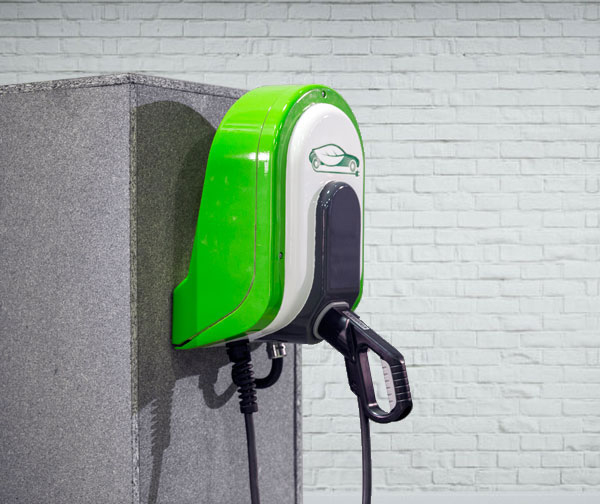Electrifying Engines
MAPNA Group launches Iran’s first electric vehicle charging station
MAPNA GROUP LAUNCHES IRAN’S FIRST ELECTRIC VEHICLE CHARGING STATION
Human life without transportation is inconceivable. Like communication, transportation is a crucial, inseparable feature of our lives. Every day, billions of people around the world hop on underground trains, air planes and automobiles to commute to their offices, travel to tourist resorts, or take their children to school.
Yet, this increasing mobility has its own demerits. Figures show that the transportation sector worldwide accounts for nearly 20 percent of global energy consumption and 30 percent of CO2 emissions. As the battle against environmental degradation and global warming becomes more serious, the transportation industry should also switch towards Earth-friendlier modes.

Electric vehicles have been an increasingly attractive solution to address these concerns. Since the early 21st century, the EV market has gained momentum, witnessing the advent of innovative technologies, diversification of products, enhanced power and efficiency, and engagement of major players in the automotive industry. Electric vehicles in their diverse forms (xEV) are one of the leading solutions to transportation restructuring plans.
How EVs work
Basically, in xEVs the traditional internal combustion engine is replaced with an electric powertrains. This replacement entails a smaller and lighter powertrain, enhances acceleration and energy conversion efficiency, and reduces repair & maintenance costs, sound pollution, and fuel consumption. Studies in the European Union context demonstrate how employment of fully-electric or hybrid automobiles can reduce energy consumption to half or one-third.
Electric vehicles run on batteries that store electricity to power the electric motor. These batteries can be recharged using grid electricity coming from renewable sources (wind farms, rooftop solar panels etc.) or gas-fired power plants – a relatively clean source of energy. The regenerative braking system of EVs also contributes to reduction of fuel consumption and gas emission. Together, these merits translate into lower urban pollution.


EVs in Iran
Despite their increasing popularity worldwide, EVs are still a novel concept in the Iranian market. In addition to the common global challenges of the EV market, i.e. the need to develop diverse technologies in power equipment, electric motors, control system, and batteries, development of the required infrastructure for recharging these automobiles is a key concern. To realize this goal, MAPNA Group has initiated a mission which includes production of EV conversion kits and construction of electric vehicle charging stations (EVCSs).
This week, MAPNA Group will launch Iran’s first Electric Vehicle Charging Station located at Tehran’s iconic Milad Tower, in an area of 700 square meters. The station includes a 43-kW AC charger – applicable to standard electric vehicles- and a fast charger working under CHAdeMO protocol which suits Japanese and Korean EVs such as KIA, Nissan, and Mitsubishi. The station also includes a 7.4-kW slow charger, and a 5.5-kW chargers which can be used by users of electric motor cycle.
